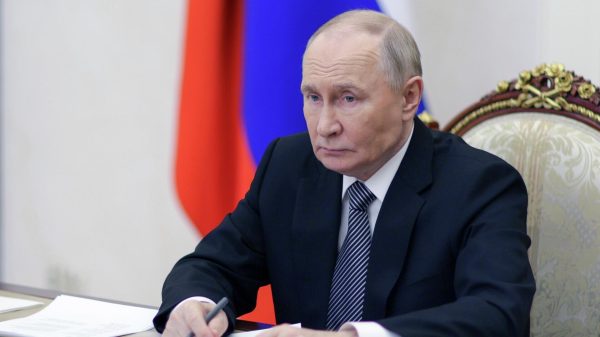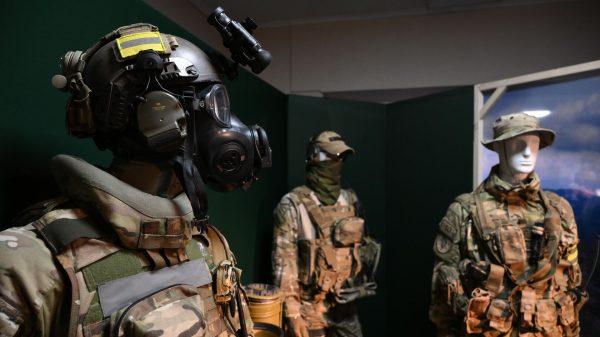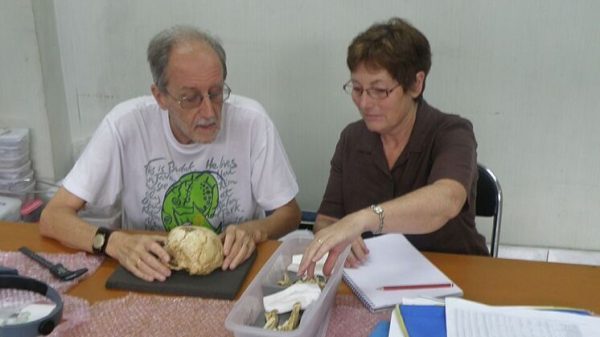 Fans arrive at Australia Stadium for the record-breaking Women's World Cup final. Credit: Getty Images/Jenny Evans
Fans arrive at Australia Stadium for the record-breaking Women's World Cup final. Credit: Getty Images/Jenny Evans
We have seen again here at this World Cup in Australia and New Zealand that a global audience is willing to pay to watch women's football, attend games and invest in the sport. Now is the time to build on the success of this tournament and prepare our teams for commercial, not just competitive success. This means equal access to club stadiums for women's teams.
This is not a debate about equal pay, but about equal opportunity. And the next step for the women's game is to give clubs equal access to facilities. These are not «men's» stadiums, these are «club» stadiums — we women have the same right to play in these stadiums as men. And the potential benefits are huge for everyone.
The legacy of England's win at home to the European Championship last year has been greater grassroots access, as well as incredible attendance growth, more than doubling the average Women's Super League attendance in a single season. And this growth continued throughout the season.
The legacy of the World Pro Game Championship Final will be an unprecedented commercial investment. But most importantly, we now need a call to action to make club stadiums accessible to both men's and women's teams.
Several WSL clubs have announced this summer that they will be playing extra games at these stadiums next season, but there is still a long way to go to make it to the top division. We have to ask ourselves, «Why are these barriers here?» The system has created a narrative that these stadiums are exclusively for men's teams because there has not been enough investment in women's football over the years.
WSL matches were played in the club's main stadium in 2022-23
It's not just the capacity of the venues or the prestige of the venues; it's also about the principle that if you want to sell a game and get people to report on a game, you have to have everything from club suites to good press facilities and the ability — before, during and after matches — to sell the future. games. In addition, you want to create an accessible and diverse fan experience so that fans can enjoy every aspect of the game day.
TV money and everything related to this World Cup seems to be at an all-time high, and I think the WSL, as the world leader in the national league, should set a whole new standard.
Emma Hayes: The World Championship was incredible, but there is still work to be done
It is imperative that we challenge the status quo. Why aren't we allowed to play football in the same stadiums as our men's teams? And if this stops, I am sure that this year you will see an unprecedented level of investment in commercial club sponsorship. We will enter a new era where women's teams become sustainable, especially at the top, top level with the best, best clubs.
If the WSL is to capitalize on the game's growth, it's also vital that NewCo, which will take over the league, get the controls in place very, very quickly. Negotiations have long been underway between the clubs, the Football Association and former Nike director Nikki Doucet, who was brought in as a consultant on the future of the league, about the new company and the need for its management.
The new leader of the league, currently appointed by Nikki , must be put in place very quickly so that we can start the next evolution of WSL — this time next year it must be under new management. , outside the FA.
I would also like to see the recommendations made by Karen Carney in her review implemented. In particular, her call for more support for the professional championship so we can develop the next level outside of our league. Implementation of the core minimum standards in the game must also happen quickly.
On the field, WSL is a world-class product. If you look at the four teams that competed in the semi-finals of this World Cup, you will see that the vast majority of the players left the WSL or developed into the WSL at some point in their careers, and most of the rest played in the Spanish League.
More than a third of Sweden's third-place team play their club football in the WSL, while 10 of the Australian team play in the WSL and another five have done so previously. The England team is based on the WSL. Similarly, you saw two semi-finalists from England in the Women's Champions League last season, as well as one team from Germany and one team from Spain. I think WSL will be the envy of the world.






















































Свежие комментарии